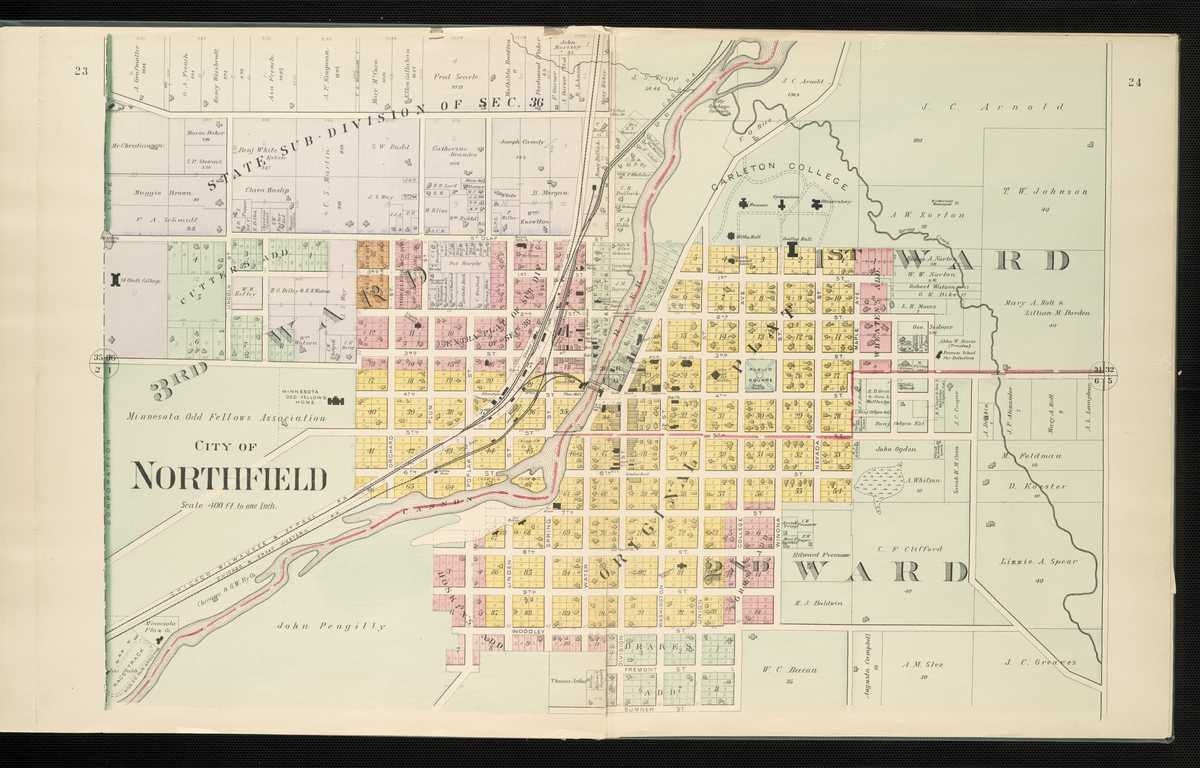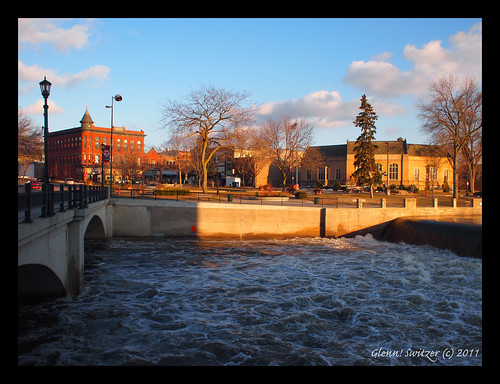“Placemaking” is everyplace these days. My Twitter feed (admittedly heavy on urbanism, land use, and transportation) positively bristles with #placemaking.
The Project for Public Spaces, the epicenter of placemaking theory and practice, says it’s “More than a fashionable phrase, it’s a whole new way of thinking about fostering vital communities.” In Forbes, placemaking is introduced to a wider audience as “a response to top down, regulation heavy environments” and Atlantic Cities has a placemaking topic page.
Placemaking, the label, is conceptually limiting and cannot hope to capture how, probably since the beginning of human settlement, public places evolve through use. At best, placemaking can try to catalog the ways public places become more useful, more used, and more valuable or how they fail to do so.
Placemaking is politically and practically limiting. Placemaking, in its judgmental usage against big budget, generic, sterile “lifestyle centers” or “festival marketplaces” or Eyesores of the Month generates unnecessary opposition from what I’ll call economic development traditionalists and pigeonholes it as a feel good, liberal luxury (along with new urbanism and smart growth). Further, the label starts to limit our thinking (time to hire an expert placemaking consultant!) instead of empowering regular people to keep trying things in their local places.
Newer, but still not new: Bridge Square, Northfield. Bridge Square is strategically located in the center of town next to, of course, a bridge across the Cannon River. In a milling town like Northfield, the river was central in to commerce and community. Successful public spaces are not merely “context sensitive” but dependent on location. Northfield was lucky; Bridge Square master-planned as part of the original town plan by its visionary (a placemaking plus), but also top down, design driven (minus) founder to plan for the location and also lucky the development pattern has not made Bridge Square irrelevant.
Since then, the Post Office was built in 1936 to open onto Bridge Square while having a facade on both the river side and the square side (This building is now for sale by the USPS). Bridge Square also contains a war memorial and a fountain with sculpture by local artist Ray Jacobsen (which also provide seating). The Northfield Garden Club added planters which are replanted each season. The Northfield Senior citizens now operate the Bridge Square popcorn wagon first opened by a citizen (who had seen one elsewhere) in 1979. Sidewalk poetry happened. In response to citizen requests, Northfield’s public works director added tables. The Riverwalk Market Fair was organized by local artists and farmers operates Saturdays over the summer and fall. Don’t forget the Defeat of Jesse James Days which is centered on the square.
Placemaking is not a new way of thinking, either: Now, the City of Northfield is planning for physical improvements to Bridge Square. Although placemaking is not supposed to be reactive,this planning certainly is: it’s a reaction to the wear and tear caused by those activities and people in Bridge Square, a reaction to shortcomings made obvious through use and, I hope, will be a reaction to citizen input during the process. Perhaps we’re simply attempting to return to an older way of thinking where we presumed local knowledge was critical and maintaining infrastructure – including soft infrastructure as well as the streets – was routine.
We could call it placemaking or we could just get to work on this next incremental investment which, over time, continues to provide a high return.



